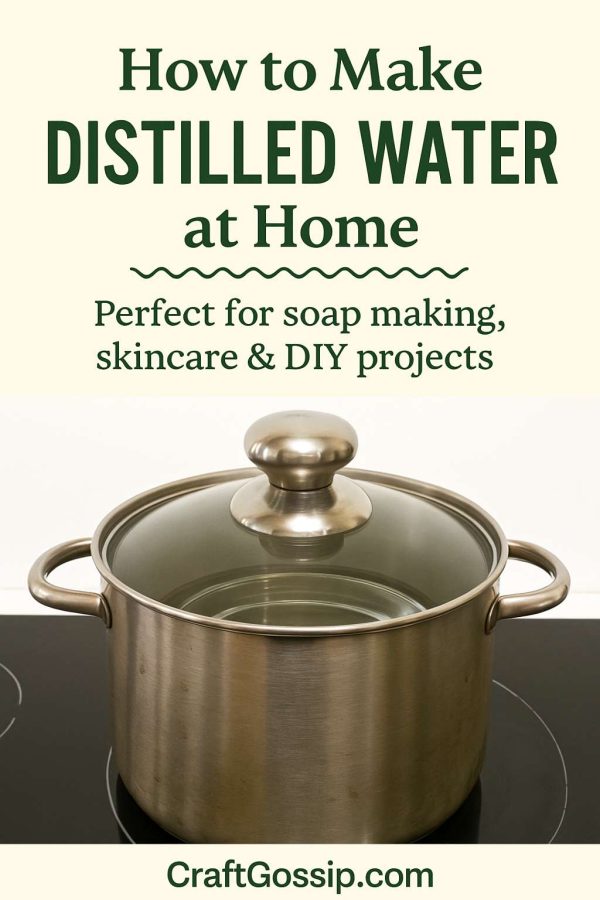
Glass is one of the few mediums that uses light to make it sing and nothing says that more than stained glass windows. Opaque glass can be beautiful in itself but when you ad the element of light, moreso sunlight, you witness magic. How do you use light in your work or surroundings?
This image is from the Flickr photostream of Thomas Hawk.
